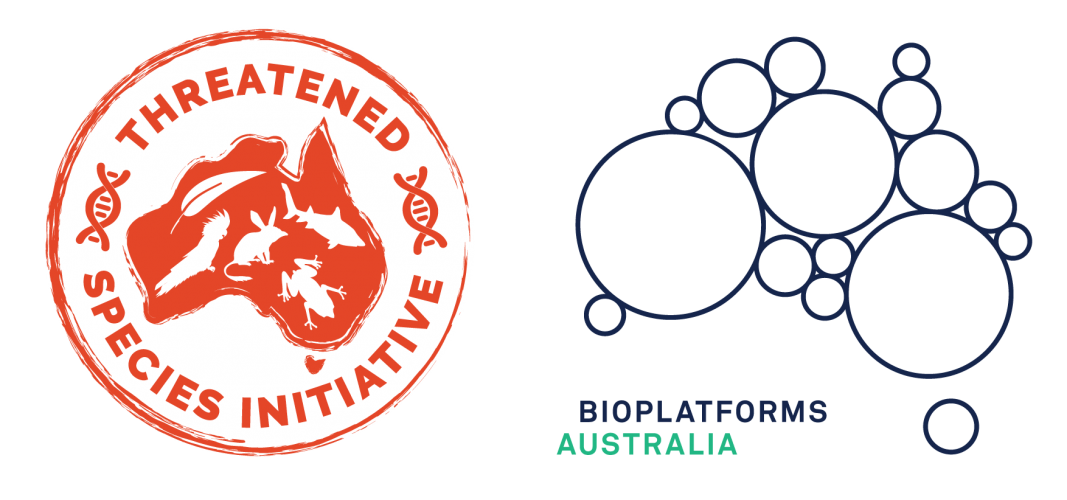Sample Guidelines
Please note:
The below guidelines are very high-level, and focus only on sample type and storage. Additional guidelines on extractions will be added once the pilot projects are complete.
The below guidelines are very general in nature and may need to be considered on a species-by-species basis.
PLANTS
Whole-Genome Sequencing:
Sample type: Fresh, preferably young, leaves are required for high molecular weight DNA extraction. The amount of leaf tissue can be up to 15g for recalcitrant species, but half of that amount is required if tissue culture material is used.
Storage: Once leaves are harvested, immediately place on ice, and within the hour snap freeze under liquid nitrogen and store at -80°C until further processing for tissue pulverisation using a mortar and pestle.
Transcriptome:
Sample type: Transcriptome work involving RNA extraction adopts a similar collecting strategy as above except it is important to collect diverse types of tissue for downstream study.
Storage: Collected material can also be immediately stored in RNAlater following the product instructions.
Genotyping-by-Sequencing:
Sample type: Collecting leaf tissue for genotyping-by-sequencing is less stringent (e.g. DArTseq). The amount of leaf tissue required is considerably less (20-50ug).
Storage: Leaf tissue can be freeze dried and stored with silica beads at room temperature or from well preserved herbarium specimens (e.g. from the last 20 years)
ANIMALS
Whole-Genome Sequencing:
Sample type: Depending on the size of the species, fresh tissue / blood samples are required for high molecular weight DNA extraction. A recently dead individual is best as samples can be collected for both whole-genome sequencing and transcriptomes (see below).
Storage: Tissue samples (heart, kidney, spleen) cut into 1cm3 pieces flash frozen or frozen immediately in a dry vial tend to yield the best DNA. Within an hour of collection snap freeze under liquid nitrogen, or simply freeze, and store at -80°C until further processing for tissue pulverisation using a mortar and pestle.
Transcriptome:
Sample type: Transcriptome work involving RNA extraction adopts a similar collecting strategy as above except it is important to collect diverse types of tissue for downstream study (including liver, brain, reproductive tissues, heart, kidney, spleen).
Storage: Collected material should be immediately stored in RNAlater following the product instructions. After 24 hours in RNAlater, decant off the liquid and store at -80oC until RNA extractions.
Genotyping-by-Sequencing:
Sample type: Collecting tissue for genotyping-by-sequencing is less stringent (e.g. DArTseq or ddRAD). The amount of tissue required is considerably less, usually a 2-3mm ear biopsy.
Storage: Tissue samples can be stored in 70% ethanol in a normal -20oC freezer.
